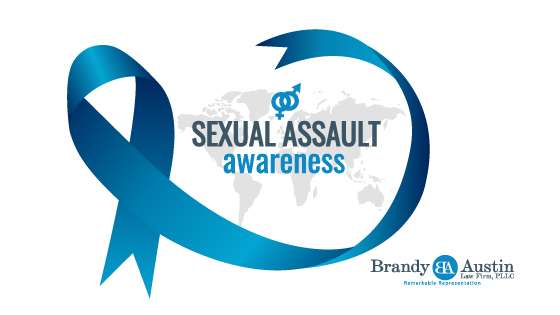Sexual Harassment History in Law
In 1964 the Passage of the Civil Rights Act made employment discrimination on the basis of sex illegal. Feminist at that time were trying to find a way to capture what really happened in the work place. It wasn’t just that they were fired, but they were treated in a way that was sexualizing, demeaning, and sometimes dangerous for women. They coined the term “sexual harassment,” which was used in legal cases in the 1970s. When Eleanor Holmes Norton was appointed to head the EEOC in 1977, she took on legal cases at the federal level against sexual harassment. In 1991, Anita Hill accused Clarence Thomas of sexual harassment. This is when people who weren’t in the legal profession became aware of and found out more about sexual harassment.
The public definition of sexual harassment differs from the legal one because under the legal standard, in order for it to be unlawful harassment under the Fair Employment and Housing Act, there has to be an employment relationship, so it does involve people who work together, in many instances, a boss and a subordinate, and there are many instances that have very specific elements. Those elements include unwelcome conduct, that’s subjectively and objectively unwelcome, it has to be either severe or pervasive, and it has to unreasonably interfere with one’s inability to work.
Historically, what keeps women from coming forward when they think they’ve been sexually harassed include:
- Fear of being the center of attention
- Fear of retaliation
- Fear that nothing will be done
- Fear of being harassed due to them being vulnerable within society and the work place
- Power of the harasser
Sexual Assault Awareness Month
April is sexual awareness month, and it has been, officially, for the past nineteen years. However, the movement of bringing awareness and prevention to sexual assault, harassment, and abuse have been traced to have started in the civil rights era. In the 1940s and 1950s, efforts were made by black women and women of color. Some known advocates include Rosa Parks, who advocated for race-based and gender-based violence.
The primary goal of sexual assault awareness month includes awareness in communities, workplaces, and college campuses. It includes campaigns that can help individuals and communities stop sexual assault before it happens through change of perspective and behavior. Through education about healthy sexuality, consent, or bystander intervention, visibility for sexual assault can be raised.
Important Dates:
- In 1971, the first rape crises center was founded in San Francisco.
- In 1993, the Violence Against Women Act was voted into legislation.
- In 2001, Sexual Assault Awareness Month was first nationally observed through events and marches during an entire week
Common Myths of Sexual Assault
Dressing Provokes Rape: Victims that dress provocatively or act in a promiscuous manner provoke sexual assaults is a myth.
The crime of sexual assault or rape are derived from violence and control that stem from the offender’s determination to exercise power over another. Neither provocative dress nor promiscuous behavior are invitations for unwanted sexual activity. The fact is that forcing someone to engage in non-consensual sexual activity is sexual assault.
Assumption of Risk: If a person goes to someone’s room, house, or to a bar, the person assumes the risk of sexual assault potentially happening later, and therefore cannot claim that the person was rapes or sexually assaulted because the person should have known not to go to those places is a myth.
This wrongfully places the responsibility of the offender’s action with the victim. If a person voluntarily went to the offender’s residence or room and consented to engage in some sexual activity, it does not serve as a blanket consent for all sexual activity. The fact is that forcing someone to engage in non-consensual sexual activity is sexual assault.
Texas Law on Sexual Assault
A person commits an offense if they person intentionally or knowingly causes the penetration of the anus, anus, or sexual organ of another person by any means without that person’s consent. If the offense is towards a child, defined as a person under 17 years of age, regardless of whether the person knows the age of the child at the time of the offense.
A person commits an offense if they compel the other person to submit or participate by the use of physical force, violence, or coercion.
This includes:
- threatening to cause harm
- if the other person is unconscious or physically unable to resist
- if the other person has a mental disease of defect and is incapable of consenting or resisting
- the other person is impaired by any substance without knowledge
- the other person is a patient or former patient of a mental health services provider and is exploited emotionally into submitting or participating.
A sexual assault offense is a felony.
For more resources, visit the National Sexual Violence Resource Center.
If you have experienced sexual assault, Call 800.656.HOPE (4673), the National Sexual Assault Telephone Hotline. Depending on the circumstances, you may consider filing a personal injury claim or a family law suit. Brandy Austin Law Firm offers free, completely confidential 30 minute consultations. Contact us today to see if we can help.





